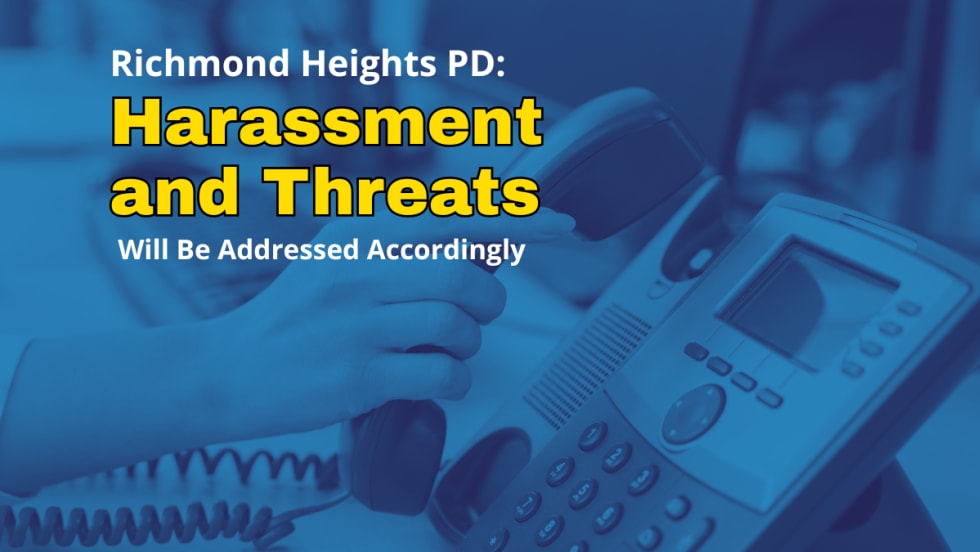From March 2016 to August 2021, the program has diverted 8,352 calls from police to mental health professionals, effectively diverting 14,477 hours of police time back to calls more squarely in the wheelhouse of law enforcement. That amounted to an estimated cost diversion of more than $1.5 million for the police department.
“Fire didn’t pick up on it as quickly as we did,” Skillern says. “We started the program and they didn’t use it until they saw how much of an impact it was making for police.”
Skillern says that between June 2017 and August 2021, the program has diverted 3,568 calls from the fire department, which is certain to have had an even larger financial savings for the city due to the vastly higher dollar amount associated with dispatching a truck full of firefighters to any given call. Skillern says that the cost savings there could be as much as $5 million in that four-plus year time period.
Indeed, having to send a police unit, a fire truck, and ambulance—moving all that equipment with all the public safety professionals inside—is needlessly expensive for someone who has a kid who doesn’t want to go to school or eat their spinach.
Skillern emphasizes, however, that when mental health professionals respond to a scene and discover that police presence is needed, a call for assistance is quickly made.













